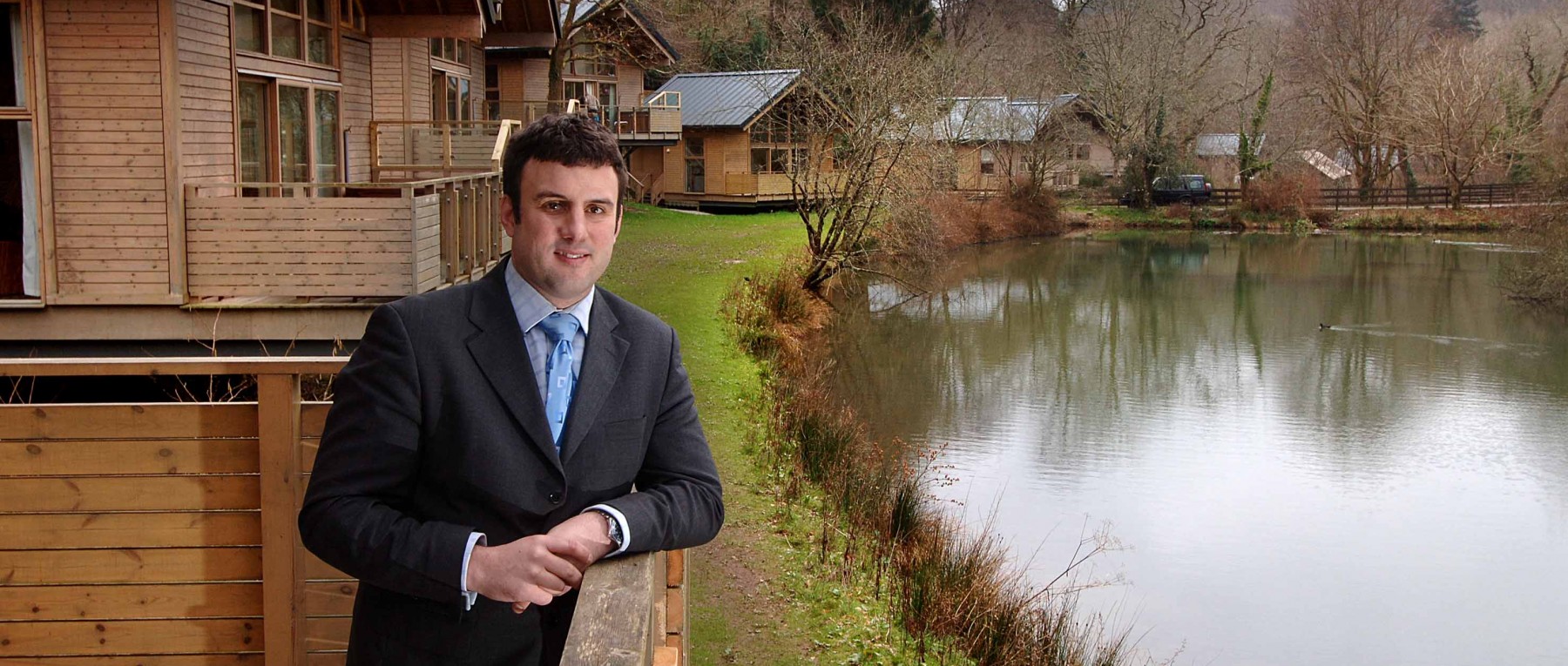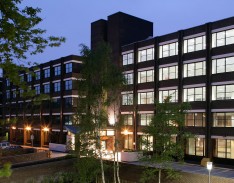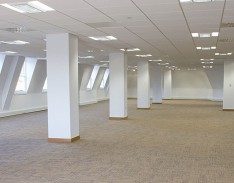Whether you are relocating a business or refurbishing your existing offices, you run the risk of leaving much of your goodwill behind unless the process is professionally planned and managed, director Steven Jelfs considers some of the challenges – and solutions – experienced by our clients.
As building consultants, we are engaged by public and private sector organisations to provide professional services at times of considerable pressure. This may be business relocation, office refurbishment, property survey or a cost management exercise.
Whether it’s commercial office or an industrial client, the principles of engagement are the same: intelligent planning, meticulous preparation, attention to detail and ability to respond to any unforeseen circumstances.
While a leading-edge IT business and a traditional component manufacturer may appear to have little in common at first glance, their needs – and our modus operandi – are often similar.
Take a recent project for an industrial client based in Redditch. We ensured their IT requirements were met – including all cabling and networking – checked the telecoms capacity and services, reviewed the security, advised on space management, lighting and power services, and generally oversaw all practical aspects of the move.
Given enough time, the MD may have been capable of handling much of this himself, but he recognised that he could not neglect his management duties for weeks on end, so asked us to manage the entire operation while he concentrated on running his business.
Our involvement from the early stages was key to achieving his objectives and we advise anyone seeking project management input to involve your consultants from the outset – not just when you think you need them.
Much of our work on the Redditch project would apply for a more office-orientated, IT-based firm, though our industrial clients, who comprise about one third of our workload, do present some particular issues. For example, production plant and precision machinery often require specialist handling.
Timing can also become hypersensitive if it affects stock levels and key order deliveries, but whether our client is in IT or widget pressing, our input extends to those important details every bit as much as the bigger picture.
For example, ask many MDs if they prefer a kettle or Zip boiler in the new tea room and you might well get a blank look.
In fact, the boiler may prove far more cost effective over time and give a much enhanced service to the staff who rely on it several times every day.
The same applies to mundane matters like water filtration.
We know that a plumbed-in filtration machine is better for staff and the bottom line over time, which is why we are keen to talk clients through the benefits and ensure the premises are as productive as they can possibly be.
Another key plank of our project management portfolio involves refurbishment. To date, we have worked on internal and external refurbishment of residential, commercial and industrial properties, ranging from labyrinthine Victorian offices to starkly functional 1960s units.
Our surveying pedigree gives us a particular insight into the possibilities of an existing building. Not only can we review its condition and advise on its structural condition, but we can assess its potential for residential, commercial or retail purposes.
These are critical decisions that will affect profitability for many years to come. This is why we consider it essential for experienced directors to maintain a hands-on role with client affairs, developing long-term partnerships.
Two recent projects, both in Bennetts Hill in the heart of Birmingham’s commercial district, illustrate this philosophy.
The properties presented widely differing practical challenges yet, as with our relocation work, our guiding principles had much in common.
One involved a scheme for Gort Properties, comprising a restaurant and office accommodation; the second was a slightly larger scheme involving comprehensive refurbishment of a commercial property for New Wood Securities. In the latter, we retained the existing shell but split the building internally. Part of it – a former banking hall – enjoys a distinctively high ceiling, which we preserved.
To optimise its functionality and aesthetic appeal, we then created a second access for the remaining part of the building.
For the other project, we recommended the addition of a further storey as the best way to enhance future market potential.
When considering refurbishment, clients tend to look to the medium term – three to five years – whereas we encourage a longer-term assessment and think laterally in terms of future potential and the property’s investment value.
The outcome on these two projects was therefore entirely different, due to the varying type of business and the clients’ eventual requirements.
In many other cases, the central purpose of the property may not change but the client is anxious to bring their asset up to date, creating a better working environment for staff and a better image of their customers.
This was essentially our brief for Cavendish House in Waterloo Street, for HSBC equity fund.
Here we had little input into the concept of the building but concentrated on improving the office accommodation and delivering greatly enhanced communal areas.
The enduring fascination of project management lies not only in helping clients to achieve their new or improved premises, but in the undiminished ability of buildings to inspire and surprise.
In recent weeks, we have turned gamekeeper – planning and co-ordinating our own office relocation into a new corporate home near St Paul’s Square.
I am bound to report that our approach was text-book material, with extensive internal remodelling and redecoration planned like clockwork.
Regrettably, however, even our powers of foresight could not predict the broken pipe in our property, which turned our big moving in day into a mopping up day worthy of a Titanic sequel. It seems even the experts get soggy feet occasionally.








